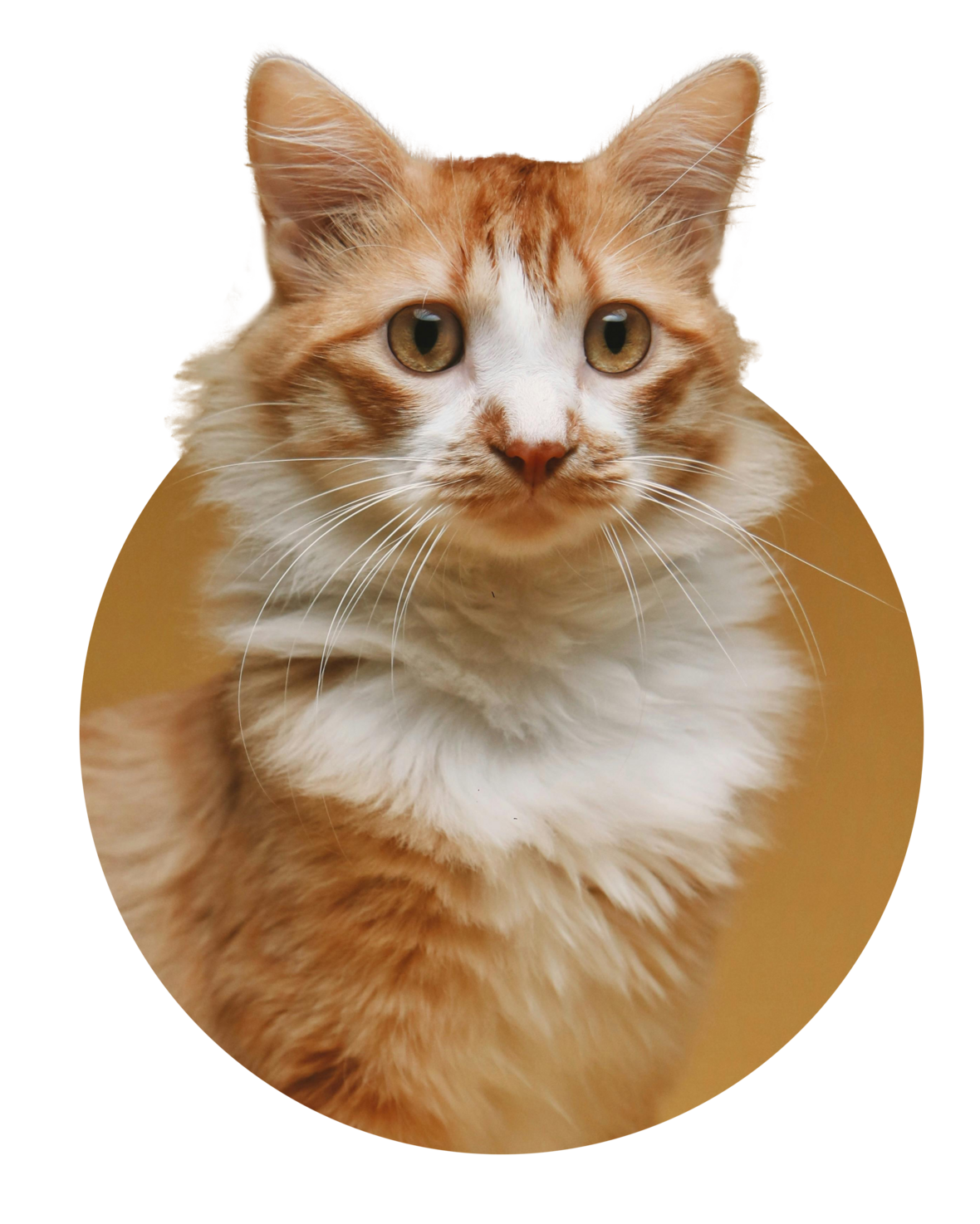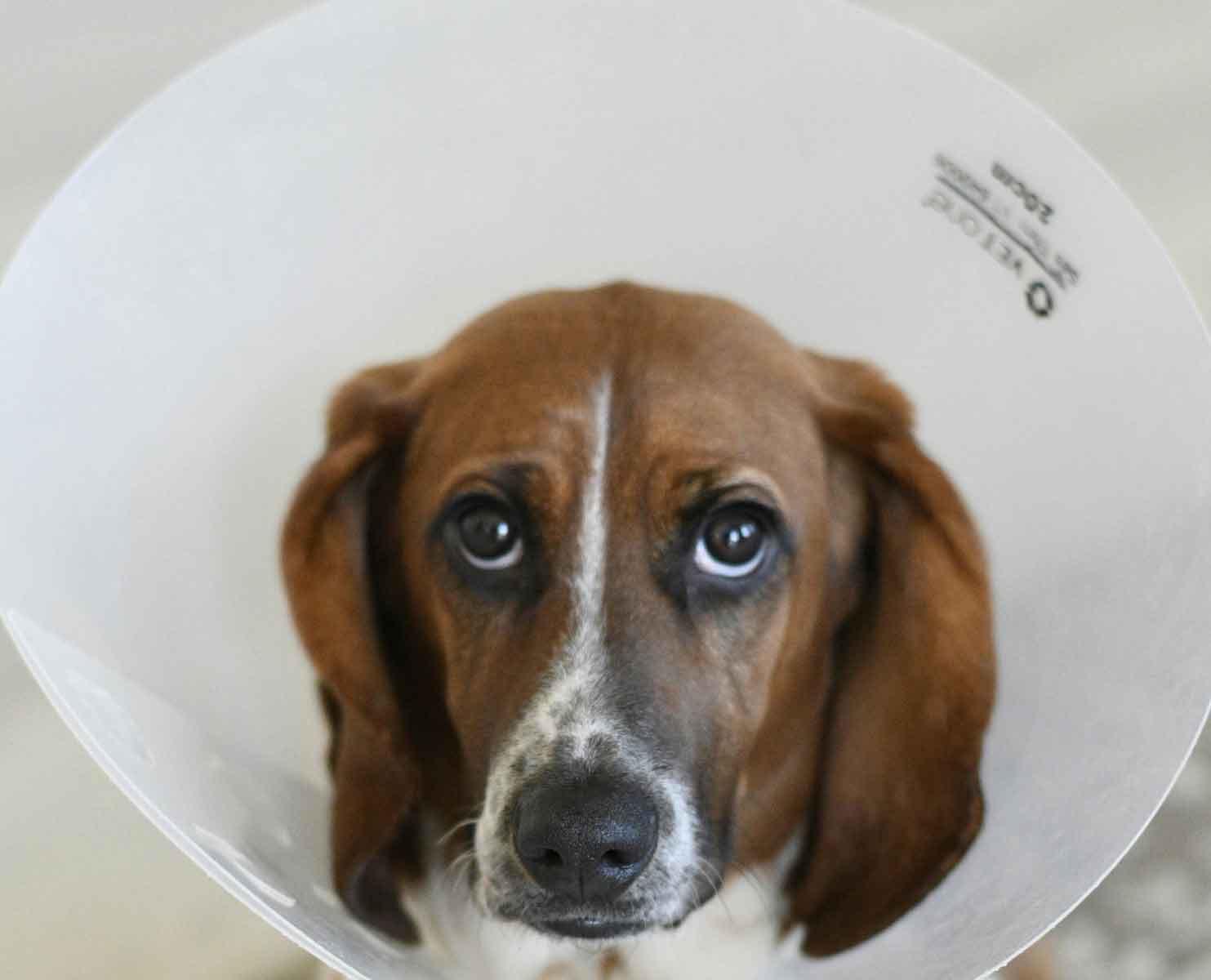At Nordhoff Veterinary Hospital, we understand that surgery can be a stressful experience for both pets and their people. Our compassionate veterinary team is here to provide clear communication, expert care, and state-of-the-art surgical procedures to support your pet’s health and comfort.
-
3 Skilled Staff Surgeons
-
Guest Surgical Specialist Available


